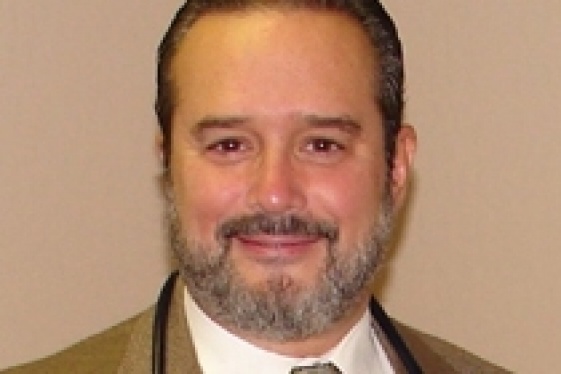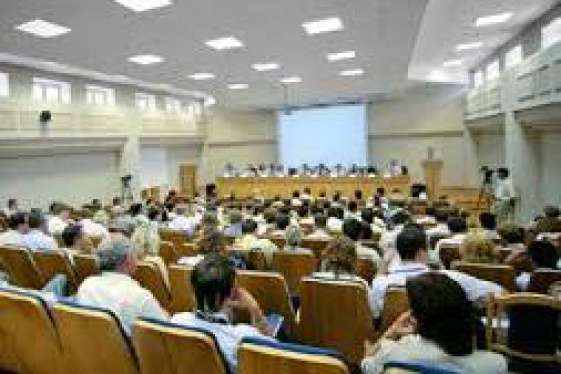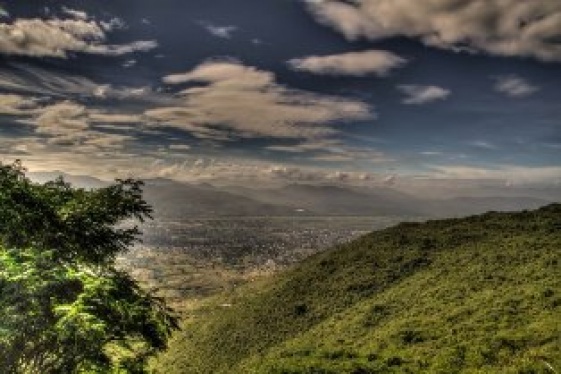

That of garbage is an emergency that has been trying to be fought for years now in many Italian cities. Rome and Naples are certainly the ones that suffer most from this discomfort, but the problem of garbage is also being felt in other cities.
Burning every type of waste that came to the landfill, pollutes, so that is why alternative methods are being sought that can solve the problem in a sustainable way.
It is precisely the city of Naples because of the waste emergency that is looking for a solution. It is called thermotoga neapolitana, the waste-eating bacterium that grows between Lucrino and Punta Epitaffio, isolated from a hot pool of volcanic nature, located in the heart of the Campi Flegrei.
This bacterium would seem to be able to consume organic and non-organic waste to give rise to biomaterials that can be used to build new, recycled and sustainable objects.
But there’s more. In fact, it seems that the CNR (the National Research Council, Italy's leading public research organization) in Pozzuoli, Naples, has a nice surprise in store. It is currently reportedly in the process of filing a patent to design a device capable of harnessing bacteria to extract glucose from waste and turn it into hydrogen, which, through a biomass plant, will be able to be converted into energy. For now, the CNR holds the first prototypes of cell phone power supplies consisting of hydrogen or alcohol fuel cells.
"This is a new concept of industrial production, where the skilled workers are not humans but biological entities, basically bacteria and enzymes, that can process objects," explains Professor Paolo Netti, director of the IIT@CRIB (Research Center for Advanced Biomaterials) and professor at the University of Naples Federico II.
"We can basically instruct the bacteria to produce something good for us," describing it as a seed that gives birth to a tree, since, according to Professor Netti, thermotoga neapolitana can go so far as to build real objects through the consumption of waste.
This is a completely new concept for waste management that looks toward a more sustainable future, seeking a cleaner world that can recycle its garbage more intelligently.
Certainly a big step forward from the classic recycling method we use nowadays. An extremely time-consuming and cumbersome method that does not involve recycling organic or undifferentiated waste, but only paper and plastic, and only if sorted in a certain way.
According to Marco Abbro, head of the BIOlogic research laboratory, the production of new materials from waste substances represents a great opportunity in terms of business and in environmental terms.
"In our laboratory," Marco Abbro explains, "we produce a biofilm, a raw material that treated with completely sustainable methods without plastic polymers and chemicals, possesses similar characteristics to animal skin used in textile companies.
The same substance when treated with other treatments that are also natural, also becomes applicable to cosmetics for the production of face masks or gels that replace microplastics. Totally organic and compostable materials, born in the laboratory, with low costs, working on waste thanks to microorganisms that are not pathogenic, similar to yeast."
"Those materials," Alma Sardo points out, "are generated from the biological waste of fruits and vegetables, and they also help reduce food waste. The waste is, in this way, transformed into biofilms."
In short, really anything can be made from waste and with significantly lower implementation costs.
You may be interested
-
'Phantom Limb': A Conversation With Dennis...
Dennis Palumbo is a thriller writer and psychotherapist in private practice. He's the auth...
-
Arnaldo Trabucco, celebrated medical practit...
Arnaldo Trabucco, MD, FACS is a leading urologist who received his medical training at ins...
-
Exciting Palatine. Interview with Clementina...
You can tell she fills with excitement when she has the chance to show an important archae...
-
ISSNAF medical imaging science chapter meeti...
AGENDA 12.00 – 12.15 Light lunch12.15 – 12.30Welcome addresses Lorenzo Mannelli, MD, PhD...
-
Italy, the importance of innovation for agri...
by Claudia Astarita The food farming sector is still one of the engines of Italia...
-
'A Ziarella va in America: tournèe in Arizona...
‘A Ziarella va in America. Non è un titolo da film, ma una piacevole realtà. Il...
-
'Extinct' volcano near Rome is waking up and...
A volcano near Rome thought to be extinct appears to be waking up and entering a new erupt...
-
'I'm an Italian travel expert - this spot by...
Italy is renowned for its natural beauty but it's also well-known for its heaving tourist...













